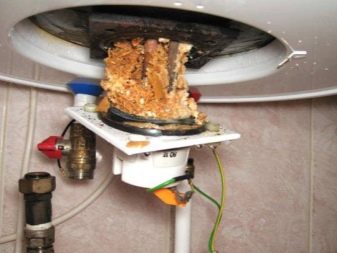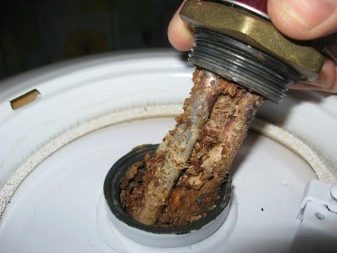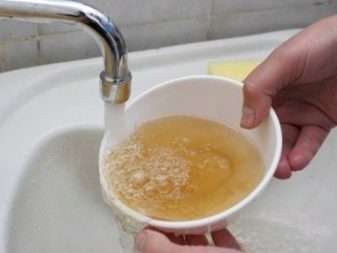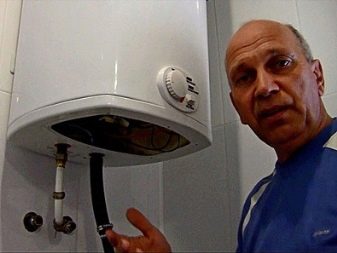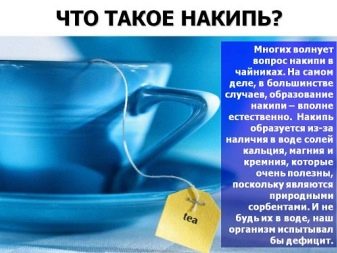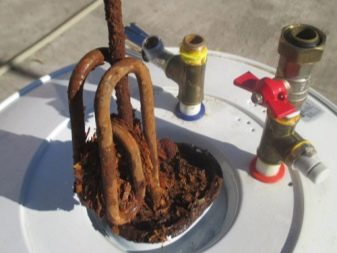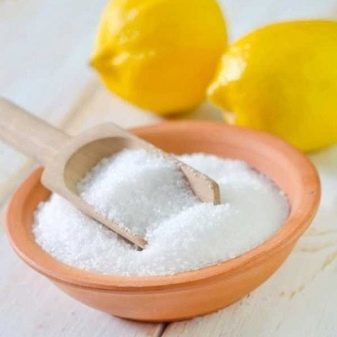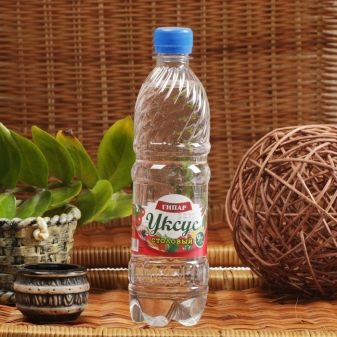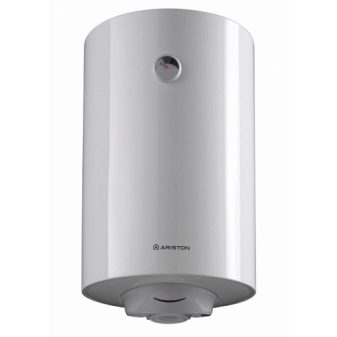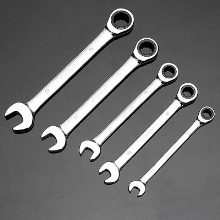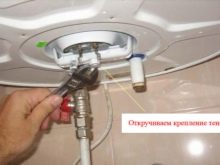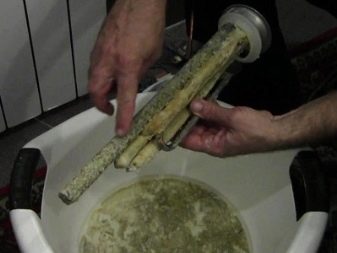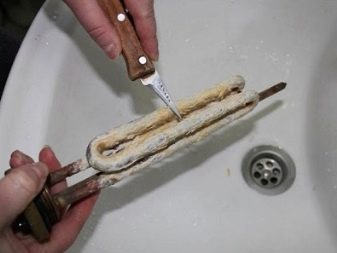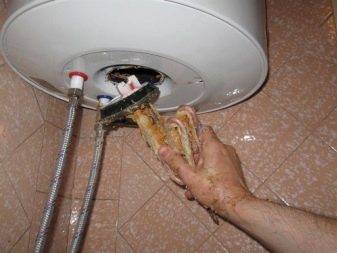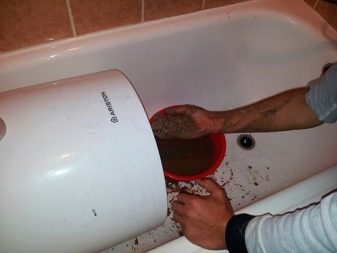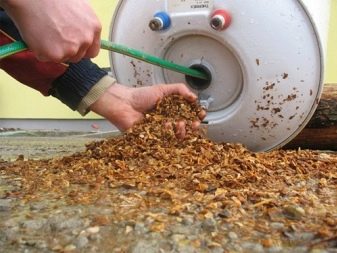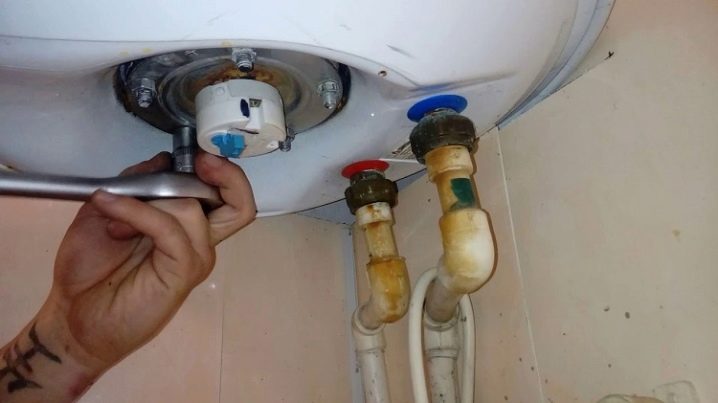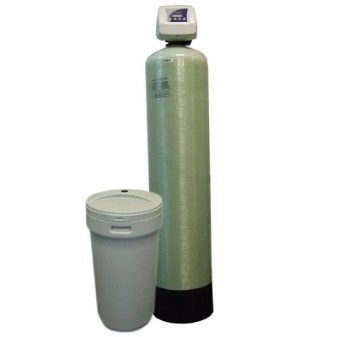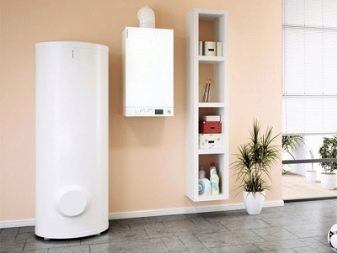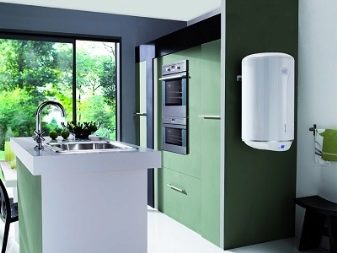When and how to clean the boiler?

Poor water quality and hardness lead to bad consequences for the boiler. The procedure should be carried out on average once a year, especially if the device is constantly used. Leave for later such an important matter should not be, otherwise you are waiting for different problems in the form of failures and malfunctions. How to get rid of scale from your product will be discussed in this article.
Purpose and frequency of the procedure
During its service life, the electric heating element is overgrown with a thin layer of lime scale (later it grows to 1 cm),which you can watch on the plumbing. As a result, more electricity is consumed, but there is no proper effect. So, in order to take a shower or bath, you have to spend up to 25% more electricity. In such a state of increased resource consumption, the item overheats and becomes unusable.
Consider the signs of the need for cleaning the unit:
- water heating takes longer than usual;
- the amount of electricity consumed by the boiler began to exceed the norm;
- the water became yellowish with a bad smell;
- excessive heating of the storage tank;
- if strange sounds are heard from the boiler during water heating;
- shutdown / shutdown of the device.
Why is scaling formed?
First, consider what, in general, is scum. Scale is hard water containing a large amount of magnesium and calcium salts, they are formed when the liquid evaporates, respectively, higher temperatures contribute to the appearance of plaque (more than 60-70 degrees Celsius). Over time, mineral deposits accumulate, forming white crystals.
The formation of scale negatively affects the heat transfer of the heating element, gradually increasing the expended thermal energy.
Due to the occurrence of scale in your device, severe injuries subsequently occur to it, which also reduces the operating time of the device.
Ways to fight
To increase the life of the device, heat the water to 60-70 degrees Celsius. To reduce the chance of a malfunction, refuse to buy water heaters with heating elements consisting of ferrous and galvanized metals. These elements do less well with the heating of the fluid, and are also vulnerable to rust. Take priority on magnetic temperature controllers.
But there are also several methods for eliminating plaque on surfaces:
- apply vinegar;
- use citric acid (powder), a kind of universal cleaner at home;
- acid solutions.
When examining the subject, be extremely careful. To remove scale, use only our recommended products.
Choice of funds
Cleaning the boiler, for example, Ariston, will be much more efficient in the presence of special equipment. Visit the shop of household chemicals, there you will find a product for cleaning. Just do not forget to find out if this tool is suitable for you, because some chemical reagents may not be suitable, for example, to a rubber sealant, they can spoil it.
As mentioned earlier, a good cleansing result is obtained when using a saturated solution of citric acid (sold in sachets). To use it, take a pound of a substance and dissolve in 2 liters of water (preheat it so that the acid is completely dissolved).
Preparation and discharge of water
Before cleaning the device, it is necessary to release all the liquid from it beforehand. This is one of the most important rules that must be followed before the main work is carried out. To start, turn off the electric heater from the network. Then you need to cold water was able to flow, unscrew the valve. Warm valve must be left open, because the liquid must be drained somewhere.
You are lucky if the boiler is under the bathroom, in this case, you can not wait for the water to drain, but immediately proceed to removing the heating element. But if you are not satisfied with this option, then you need to connect the hose to the fitting, and then lower it into the tank, say, a sink. This option can significantly reduce the amount of spray. But even if this option does not suit you, the last is the safety valve.Drainage of water by this method is a rather tedious process, so we advise you to wait until the water cools down.
It takes about half an hour, this time is due to the volume of the tank.
Of course, for cleaning you will need tools:
- wrench;
- screwdriver;
- sandpaper;
- cross and straight screwdrivers;
- special cleaning agent.
After you make sure that there is no more liquid inside the boiler, it's time to start disassembling it. Pre-make a drawing or a photo of a boiler device scheme, because in devices from different manufacturers there are different types of assembly. Let's start.
Remove the decorative cover securing its bolts, detach the fasteners. Mounts are usually screwed. In some models, behind the cover is a panel that can be removed simply by prying a straight screwdriver.
When you get to the mountings and contacts, first remove the temperature sensors. Unscrew the ground. Next, unscrew all the bolts and wires holding the flange on which the heating element stands. Remove the thermostat to the wires do not interfere in the process of removing the electric heating element.
The models of boilers differ from each other, in some heating elements it is enough to push the flange up, turn it, and start pulling out. If you carried out the cleansing procedure not so long ago, it will be easy to do it, if not, try to dislodge the inside of it, and in time you will be able to pull it out. If it fails, read the instructions, you may need to do a little differently.
Before removing, also prepare the container, there is also plenty of water inside the tank.
Selection of heating elements
When replacing a heating element, the question may arise: "dry" or "wet."
First, let's look at what they are.
- Wet - this is the usual TEN, which is found in many, called wet, because it is located directly in the water.
- Dry - an oblong version with ceramic inserts, inside there is a metal tube, in which the so-called heating element is located.
Their difference is that a wet TEH has the same temperature as water, and in a dry one it is always higher, respectively, heating is faster. But the main difference is that the usual is always much faster corrosive, that is, it should be cleaned often.And it also consumes much more energy, unlike dry, which is rather rarely needed, because it does not have direct contact with water. True, the dry option is expensive, and does not fit all models, but the service life is up to 15 years. Buy as far as possible, both options have negative qualities, if you are ready for regular cleaning, buy wet, the main thing is to conduct regular technical inspections.
Cleaning of heating elements and reservoir
There are two ways to clean the electric heating element. The first is mechanical, the second is chemical. Let's start with the first option.
Mechanical cleaning, that is, cleaning with your own hands, is done with a sharp object, such as a knife, and a wooden spatula may come up. You can still make a cleaning with a metal brush. The rest should be removed with sandpaper, but be careful, you should not damage the device.
If your anode is preserved, you can continue to exploit it, if it began to dissolve, take measurements, and buy with the same parameters, because each boiler is individual in size.
If you do not have a normal, "wet" version of heating elements, then it needs a special approach. In no case should it undergo mechanical cleaning, since the appearance of damage on a ceramic surface will have a very negative effect on its functionality.
Dry cleaning - for this, any descaler will do, the main thing is to make sure that it matches your device. But you can also use citric acid in bags. If you do not have this substance, use the vinegar essence in the ratio: two teaspoons per liter or 9% vinegar in the proportion of five tablespoons per liter. In the form of a container, you can use a glass bottle with a wide neck; if it does not fit, use any plastic product. Having created a solution, place your heating element there and wait until the appearance of the element acquires a normal appearance; cleaning takes about half an hour.
When the product is cleaned, rinse it under a trickle of hot water.
After the heating element is ready for operation, you need to clean the other part of the boiler - the water tank. If you clean frequently, there should be no critical contamination, it will be enough to walk through the tank under the pressure of water from the shower, and wipe off the remaining dirt after using a soapy sponge (soft side).
If the cleaning was done long ago, you should resort to more radical measures. We make the same solution in the same proportions as in the case of heating elements, and leave it overnight (7-8 hours). If your tank is enamelled, refrain from using abrasives that may damage its tightness. The liquid is ready to be drained and the tank must also be rinsed. Boiler cleared.
If you want to replace the heating element, it is necessary to match the previous one - to pass through itself the same power. So that he could get into place as necessary, you should choose the desired length of contacts that will be connected to the thermostat.
Heater assembly
The assembly must be performed in the reverse order to achieve operability, if your device has lost its functionality, it means that you assembled incorrectly. Consider the rubber part, it should not be cracked, plaque and other damage, if any, be sure to replace it. The remaining rubber parts must be coated with a sealant that will protect the boiler from leaking. Next, fix the electric heating element in its place,Do not forget to screw the ground and connect all the contacts back.
Fill the reservoir by first opening the hot water tap and then cold. After the boiler is filled, check its tightness, whether there is any leakage of water somewhere. If everything is normal, finish the assembly - connect the thermostat, connect the panel, screw the lid. The cleaning procedure is completed, you can turn on the electric power. The boiler is ready to go.
Expert advice
In order for you to be able to use your boiler longer, you need to follow a few rules that will help you not to destroy the device ahead of time.
Purchase a filter for water treatment, which are of two types:
- the reagent filter basically uses chemicals that oxidize iron, manganese and hydrogen sulfide, thereby softening the water;
- non-reagent filter converts substances into the oxidized form, which makes it possible not to settle on the surface, respectively, it is more expensive.
And a few more tips:
- change the anode regularly;
- use maximum temperatures to eliminate bacteria;
- to remove the unpleasant smell, pass through the tank its full volume every two months;
- use a scale filter.
Boiler selection
Let's try to find the right option together. If you need to buy a water heater for the kitchen, use it for washing dishes and cutlery, you will need a volume of 10-15 liters, so as not to heat the water that we do not use.
For one person, 50-80 liters of water will be enough; the family will need a 100-liter model. Of great importance is also the size of the room, if it is small, immediately tilt the "pot-bellied" options.
Cleaning the boiler without help is not at all difficult, but you still should not forget about the consequences, because too late cleaning will bring you many complications. Another thing, if you carry out this procedure once a year, then your equipment will last a long time, and you can save your money and time. Successful use and long service life!
Step by step instructions on cleaning the boiler with your own hands, you can find out by looking at the video below.

